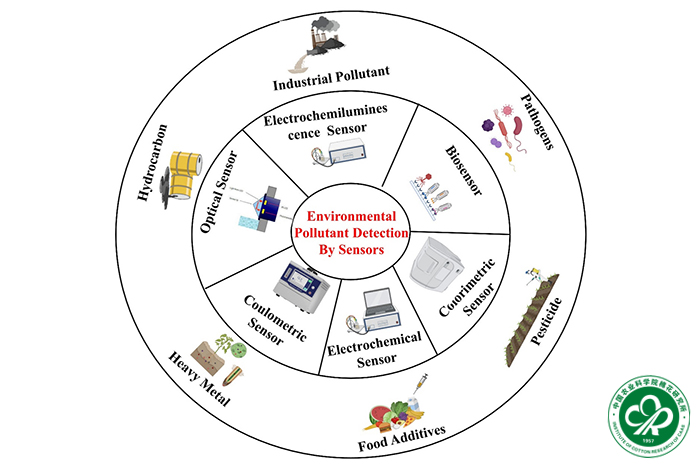- Location : Home» Newsroom
Emerging sensor technologies for detecting pollutants in ecosystems
Environmental pollution is increasing everyday due to various industrial processes and modern agricultural activities. The excessive use of organic and inorganic compounds results in the accumulation of active chemical substances in water, soil, and air, causing numerous problems for ecosystems, it also leading numerous health impacts to humans. To effectively manage these pollutants in environment, it is essential to accurately detect and quantify their levels in the respective environmental media. In the past decade, the detection of pollutant concentrations in various environmental media has greatly developed through digital methods, specifically sensor-based techniques that are cost-effective, efficient, and eco-friendly. These sensor technologies have been frequently applied across environmental, agricultural, and medical fields. This review delivered combined information such as environmental pollution and sensors technologies for pollutant detection. Here, we describe environmental pollution and impacts of various pollutants on ecosystems. Furthermore, we focus on various types of sensors (colorimetric, optical, electrochemical, coulometric, electrochemiluminescence, and biosensor) used for the detection of organic compounds and heavy metals in the environment and elaborate on their modes of action. In addition, the utilization of these sensor-based devices for detecting various pollutants in different samples such as water, soil, diverse food materials, and human samples has been critically analyzed. Finally, we have elaborated on the challenges associated with the regular monitoring of pollutants in environmental media.